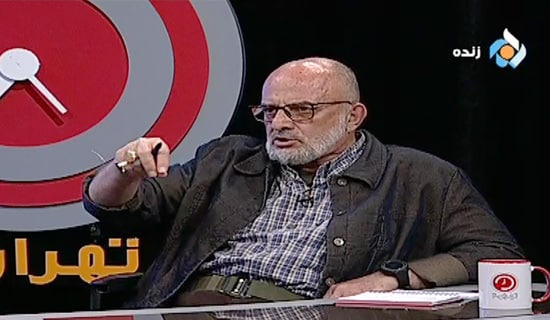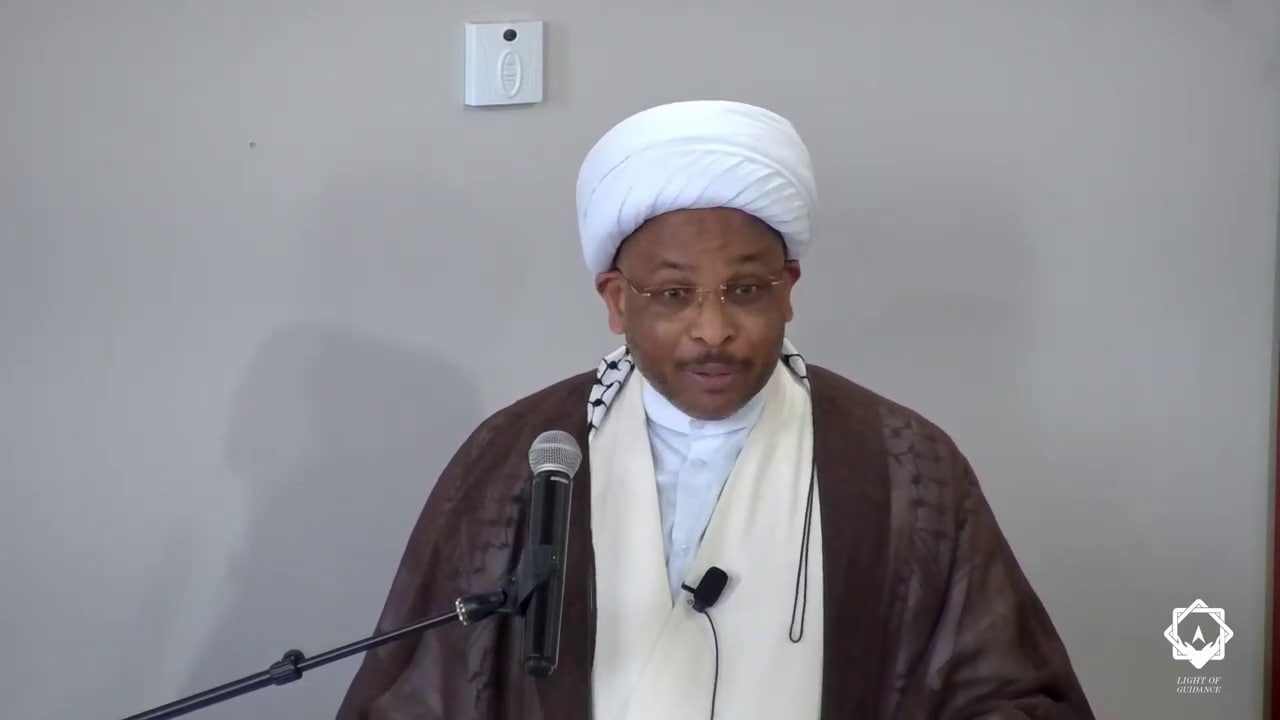
The following is a compilation of excerpts of eye-witnesses to the flotilla clash, which aired on various TV channels in June 2010.
Al-Hiwar TV, June 4, 2010
Journalist Saleh Al-Azraq: Religious fervor was very much present throughout the voyage. Maybe this is what led many to clash with the occupation soldiers later on. Some people ask how come not everybody was passive. They wanted to use everything they had to defend the ship, which they carried in their hearts to Gaza.
Interviewer: We will get to that later.
Saleh Al-Azraq: The moment the ship set sail, the cries of "Allah Akbar" began. It was half past midnight on Friday. There were cries of "Allah Akbar" and people reciting the Koran. It made you feel as if you were going on an Islamic conquest or raid.
[...]
The [Israeli soldiers] began climbing down the ropes to the ship. Whenever a soldier reached the deck... I could see this because there was light. There was a clash with bare hands. There were no cold arms or anything.
[...]
Did the activists go to the Israeli ships and beat the Israelis there?! It was the Israelis who boarded our ship, so who is the aggressor?
[...]
Apparently, Israel felt that the first landing attempt had failed. One of its soldiers fell – or perhaps he was pushed – to the lower deck, but not to the water. Then the guys dragged him downstairs. I discovered in this journey – and I say this for the sake of history – that the Israeli soldiers are among the most cowardly soldiers I've ever met. They are armed to the teeth, wearing green fatigues, blue fatigues, and helmets in different colors, but they are cowards, cowards, cowards.
[...]
The second landing attempt failed too. I saw that one of the Israeli soldiers who were captured... I was surprised to see civilians capturing an Israeli soldiers armed to the teeth. I saw a soldier... Perhaps he was exhausted from fighting, I don’t know. He was terrified, and he was moving his hands like this, and the guys took him inside the ship, took his weapon, and left him there.
[...]
After the second landing attempt, Israel realized that some of its soldiers had been taken captive. That's when the heavy fire began.
[...]
Press TV, June 2, 2010
Interviewer: During the time you were in Israeli custody, were you subject to any kind of torture?
Lebanese activist: No, no. Unfortunately not. At least not me. Others... Lots of people, especially the Turks... They really got a bad time – not torture, but investigation, and...
Interviewer: I have one more question. At the very time when the Israeli commandoes... How did they board the ship? What was the way in which they boarded the ship?
Lebanese activist: The main boarding of the ship was by the helicopters and by sea, but the first attempt of the helicopter attack, or descent – the Turkish resistance, I can say, grabbed four Israeli army [soldiers], and took them down.
[...]
Al-Jazeera TV, June 5, 2010
Hussein Orush (IHH Organization): One of the martyrs was 19 years old. We've just found his last diary in his suitcase. The last lines he wrote before the attack were: "Only a short time left before martyrdom. This is the most important stage of my life. Nothing is more beautiful than martyrdom, except for one's love for one's mother. But I don't know what is sweeter – my mother or martyrdom." This was the last thing that the martyr Furkan wrote, and the last thing said by our brothers.
They all died smiling. Their fingers were pointing to martyrdom. Their hands were pointing upward, and their faces were smiling. The smiles on some of their faces were very close to laughter. None of them died in a bad state.
[...]
All the passengers on board the ship were ready for this outcome. Everybody wanted and was ready to become a martyr.
[...]
Our goal was to reach Gaza or to die trying. All the ship's passengers were ready for this. IHH was ready for this too.
Al-Jazeera TV, June 2, 2010
Muhammad Ghulam from Mauritania: They brought airplanes and opened fire at the people. Then we saw them rip out all the metal rods from all over the ship, and they put them at the bow of the ship, before we arrived at the Hebrew port. Then they brought all the Zionist journalists, who – instead of showing how we were not allowed to go to the restroom, how we were denied food and water and not allowed to pray for 24 hours – they started filming those metal rods, which they themselves had ripped off the ship.
Al-Jazeera TV, June 5, 2010
Sheik Raed Sallah, head of the Islamic Movement in Israel: When the events on board the Freedom Flotilla took place, and we all heard that there were martyrs and dozens of wounded, a Turkish brother came to me, shook my hand, and said to me: "Congratulations, sheik. Blessings to all the martyrs." What this means is that the power of truth that lies within us – within our minds, our hearts, and our conscience – is stronger than all of Israel's aggressive and barbaric means put together.
Al-Jazeera, June 2, 2010
Interviewer: Tell us what happened.
Journalist Othman Al-Bteiri: Yasser, we were witnesses to a massacre in international waters. At approximately 4:15 AM, dozens of dinghies, carrying dozens of Israeli commandos, tried to board the ship. There was resistance. As we’ve said, there was peaceful resistance from the start. Everybody on the ship – the participants and the supporters – tried to prevent the Israeli soldiers from boarding the ship. When they failed to board the ship, along came helicopters and landed soldiers from above onto the deck.
There was resistance there too, and they did not manage to take control of the ship. That’s when the shooting with live ammunition began. At first, they used stun grenades, tear-gas grenades, and rubber bullets, and some people were hit by the rubber bullets. But then live ammunition was used.
[...]
Four Turks [were killed]. People said there were more above, but I only saw four. The real battle... The real massacre took place around the bridge. People tried to prevent the Israeli soldiers from taking over the captain’s cabin. That was why live ammunition was used around the bridge. Live ammunition was also used in other parts of the ship, especially on the port side, where most of the martyrs and wounded were hit. Some 35-40 people of various nationalities were wounded.
Interviewer: How long did the battle last?
Othman Al-Bteiri: The battle started at about 4:15. People were praying their dawn prayers, when there were cries of “Allah Akbar,” and we knew that we were under attack. The attack lasted until 5:15 or 5:30. Then the Turks said that the Israelis had taken over the ship, and that everybody should sit down. Even so, we kept hearing gunfire.













